Home>Gardening & Outdoor>Landscaping Ideas>How To Grow Grass And Get Rid Of Weeds
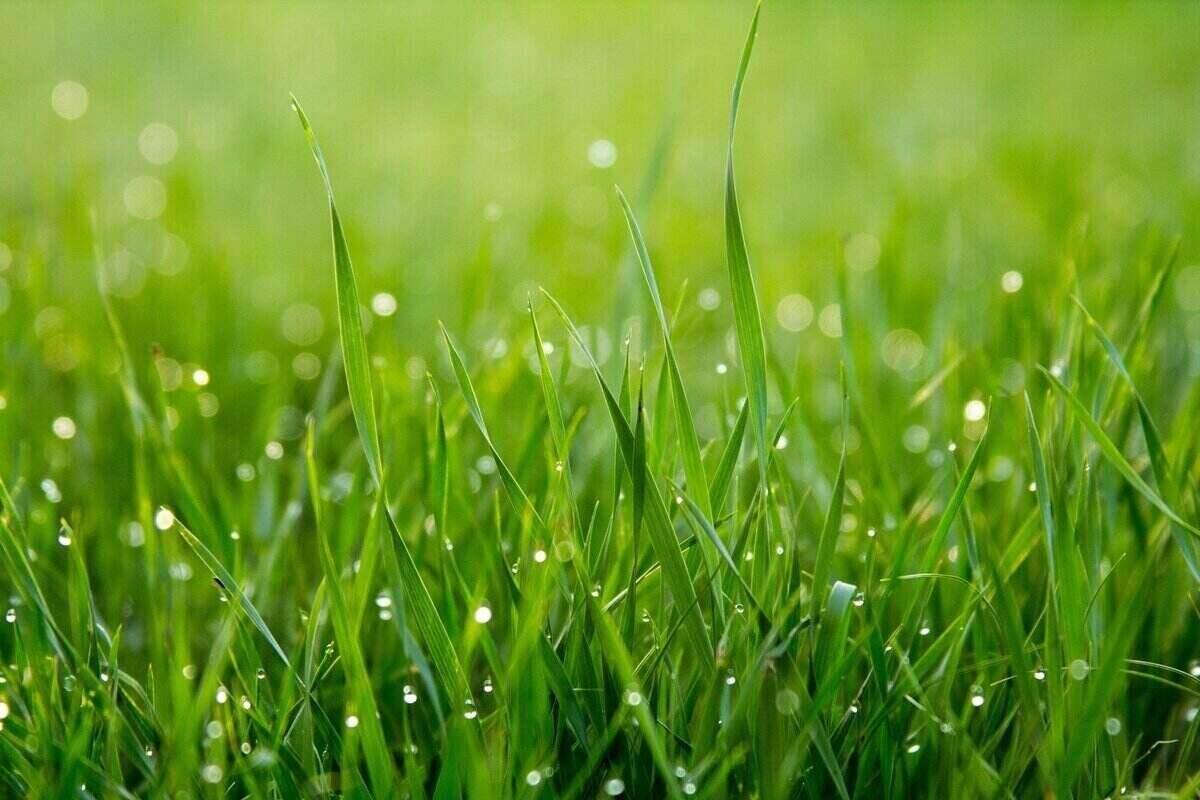

Landscaping Ideas
How To Grow Grass And Get Rid Of Weeds
Modified: October 18, 2024
Learn effective landscaping ideas to grow lush grass and eliminate weeds from your lawn. Discover expert tips and techniques for a beautiful, weed-free yard.
(Many of the links in this article redirect to a specific reviewed product. Your purchase of these products through affiliate links helps to generate commission for Storables.com, at no extra cost. Learn more)
Introduction
Landscaping plays a pivotal role in enhancing the aesthetic appeal and functionality of outdoor spaces. A lush, well-maintained lawn serves as the cornerstone of a captivating landscape, providing a vibrant carpet of green that complements the surrounding elements. However, achieving and maintaining a healthy lawn involves a series of crucial steps, from selecting the right grass seed to implementing effective weed control strategies. In this comprehensive guide, we will delve into the art of cultivating a thriving lawn, focusing on the essential aspects of growing grass and eliminating weeds.
A well-tended lawn not only elevates the visual allure of a property but also creates a welcoming environment for various outdoor activities. Whether it's a leisurely stroll, a family picnic, or a game of catch, a verdant lawn sets the stage for countless cherished moments. Moreover, a healthy lawn contributes to environmental sustainability by reducing soil erosion, absorbing carbon dioxide, and mitigating heat. As such, the process of nurturing a vibrant lawn transcends mere aesthetics, encompassing ecological benefits and recreational opportunities.
In the following sections, we will explore the fundamental steps involved in establishing and maintaining a flourishing lawn. From selecting the most suitable grass seed for your specific climate and soil conditions to implementing best practices for watering, fertilizing, and mowing, each aspect contributes to the overall health and vitality of the lawn. Furthermore, we will address the persistent challenge of weed management, offering insights into effective weed control methods that safeguard the integrity of the lawn.
Embarking on the journey of lawn care entails a blend of artistry, science, and dedication. By understanding the nuances of grass cultivation and weed eradication, individuals can transform their outdoor spaces into captivating retreats that beckon with natural splendor. Join us as we unravel the secrets of nurturing a robust lawn and bid farewell to invasive weeds, paving the way for a verdant sanctuary that flourishes with life and vitality.
Key Takeaways:
- Choose the right grass seed based on climate, soil, and usage to establish a resilient and visually appealing lawn that harmonizes with its surroundings.
- Implement strategic watering, fertilizing, and maintenance practices to sustain the health and vigor of the lawn, creating a captivating centerpiece of the outdoor landscape.
Read more: How To Get Rid Of Weeds On Grass
Choosing the Right Grass Seed
When it comes to cultivating a healthy, vibrant lawn, selecting the appropriate grass seed is a pivotal first step. The ideal grass species and cultivars are determined by various factors, including climate, soil type, sun exposure, and anticipated foot traffic. By carefully considering these elements, homeowners can lay the groundwork for a resilient and visually appealing lawn that thrives in its specific environment.
One of the primary considerations in choosing grass seed is the local climate. Different grass species exhibit varying tolerances to temperature extremes, drought, and humidity. For cooler regions, cool-season grasses such as Kentucky bluegrass, fescue, and ryegrass are well-suited, thriving in temperatures between 60°F and 75°F. Conversely, warm-season grasses like Bermuda grass, Zoysia grass, and St. Augustine grass flourish in hotter climates with temperatures ranging from 80°F to 95°F. Understanding the climate zone and selecting grass seed accordingly is integral to establishing a resilient lawn.
Soil composition also plays a crucial role in determining the most suitable grass seed. Factors such as soil pH, drainage, and texture influence the success of different grass species. For instance, sandy soils with excellent drainage benefit from grasses like buffalo grass and Bermuda grass, while fine fescues are well-adapted to acidic soils with lower fertility. Additionally, considering the amount of sunlight the lawn receives is essential. Shade-tolerant grasses, such as fine fescues and certain types of ryegrass, are ideal for areas with limited sun exposure, while sun-loving species like Bermuda grass and Zoysia grass thrive in full sunlight.
Another aspect to contemplate is the intended use of the lawn. High-traffic areas necessitate durable grass varieties that can withstand frequent footfall and recreational activities. Perennial ryegrass and Kentucky bluegrass are renowned for their resilience and are well-suited for lawns that experience heavy use. Conversely, ornamental lawns or those primarily for visual appeal may benefit from the fine texture and lush appearance of species such as fine fescues and colonial bentgrass.
By considering these factors and conducting a thorough assessment of the local climate, soil characteristics, and usage requirements, homeowners can make an informed decision when selecting grass seed. This thoughtful approach sets the stage for a successful lawn establishment, laying the foundation for a verdant and resilient outdoor space that harmonizes with its surroundings.
Preparing the Soil
Before sowing the seeds for a new lawn or overseeding an existing one, it’s essential to prepare the soil to create an optimal environment for grass seed germination and growth. Proper soil preparation sets the stage for strong root development and overall lawn vitality, ensuring that the grass receives the necessary nutrients and support to thrive.
The first step in soil preparation involves clearing the area of any debris, including rocks, branches, and existing vegetation. This process creates a clean canvas for establishing the new lawn and prevents potential impediments to seedling growth. Once the area is cleared, it’s advisable to conduct a soil test to assess its pH level and nutrient composition. This information guides the application of soil amendments, such as lime to raise pH or sulfur to lower it, as well as the addition of organic matter or fertilizer to address nutrient deficiencies.
After addressing any soil imbalances, the next crucial step is to till the soil to a depth of at least 4 to 6 inches. Tilling serves several purposes, including breaking up compacted soil, incorporating organic matter, and promoting a loose, friable texture that facilitates root penetration and water absorption. Additionally, tilling helps to level the surface and create a uniform seedbed, which is essential for consistent seed germination and subsequent lawn uniformity.
Following tilling, it’s beneficial to rake the soil to remove any remaining debris and create a smooth, level surface. This step also helps to break up clumps and create a fine tilth, which is conducive to seed-to-soil contact, a critical factor for successful germination. At this stage, the soil is primed and ready for the next phase – seeding the lawn.
By diligently preparing the soil, homeowners lay a solid foundation for a healthy and resilient lawn. This proactive approach sets the stage for successful grass seed establishment, ensuring that the newly sown seeds have the best possible start in their journey toward creating a lush, vibrant carpet of green.
Planting the Grass Seed
Planting grass seed is a pivotal phase in the journey toward establishing a lush, vibrant lawn. This process demands careful attention to detail and adherence to best practices to ensure successful germination and robust seedling development. By following a systematic approach to seeding, homeowners can set the stage for a verdant and resilient lawn that flourishes with life and vitality.
One of the critical considerations in grass seed planting is the method of application. There are two primary techniques for seeding a lawn: broadcasting and using a seed spreader. Broadcasting involves manually scattering the seeds by hand, while a seed spreader offers a more precise and uniform distribution. The chosen method depends on the size of the area being seeded and the desired level of precision. Regardless of the approach, it’s essential to follow the recommended seeding rates to achieve an optimal grass density.
After the seeds are distributed, lightly raking the soil surface helps to ensure good seed-to-soil contact, which is vital for successful germination. This step also helps to cover the seeds with a thin layer of soil, providing protection and promoting moisture retention. Following this, gently rolling the seeded area with a lawn roller aids in firming the soil and further enhancing seed-to-soil contact, which contributes to improved germination rates.
Once the seeds are sown and the soil is prepared, it’s crucial to water the area thoroughly. Adequate moisture is essential for initiating the germination process and supporting the growth of young seedlings. Light, frequent watering is recommended to keep the soil consistently moist but not waterlogged. This regimen helps to create favorable conditions for germination without causing soil erosion or seed displacement.
In addition to watering, applying a starter fertilizer after seeding provides essential nutrients that support early seedling growth. This specialized fertilizer formulation contains high levels of phosphorus, which stimulates root development and helps the young seedlings establish themselves in the soil. Following the recommended application rates and timing guidelines for the specific fertilizer product is crucial to maximize its benefits without risking damage to the emerging seedlings.
By meticulously following these steps and adhering to best practices for grass seed planting, homeowners can lay the groundwork for a thriving lawn that exudes natural beauty and vitality. The careful attention to detail during the seeding process sets the stage for strong germination, robust seedling development, and the emergence of a verdant carpet of green that transforms the outdoor space into a captivating haven of lushness and life.
Regularly mow your grass to a height of 2-3 inches to promote healthy growth and shade out weeds. This will help your lawn to become thicker and more resistant to weed invasion.
Watering and Fertilizing
Effective watering and fertilizing practices are essential for nurturing a healthy and vibrant lawn, providing the foundational support necessary for robust growth and long-term resilience. By understanding the principles of proper hydration and nutrient supplementation, homeowners can cultivate a lush, thriving lawn that serves as a captivating centerpiece of their outdoor landscape.
Watering plays a pivotal role in sustaining the health and vigor of the lawn, particularly during the critical stages of seed germination and early seedling establishment. After seeding, the newly sown area should be watered lightly and frequently to maintain consistent soil moisture. This regimen promotes optimal conditions for seed germination without saturating the soil, which can impede the emergence of seedlings. As the grass matures, transitioning to a deeper, less frequent watering schedule encourages the development of robust root systems that enhance the lawn’s resilience to drought and environmental stressors.
When watering the lawn, it’s important to do so in the early morning, as this allows the grass blades to dry quickly, reducing the risk of fungal diseases. Additionally, utilizing a sprinkler system or soaker hoses helps to ensure even water distribution, preventing overwatering in certain areas and underwatering in others. Observing the lawn for signs of moisture stress, such as wilting or discoloration, aids in adjusting the watering schedule to meet the specific needs of the grass.
In tandem with proper watering, fertilizing the lawn at strategic intervals is instrumental in providing essential nutrients that support robust growth and overall health. Nitrogen, phosphorus, and potassium are the primary components of lawn fertilizers, each contributing to specific aspects of plant development. Nitrogen promotes lush, green foliage, phosphorus stimulates root growth, and potassium enhances disease resistance and stress tolerance.
Applying a balanced fertilizer in the early spring, followed by subsequent applications in the late spring and early fall, aligns with the natural growth cycles of the grass and ensures a consistent supply of essential nutrients. Moreover, using a slow-release fertilizer formulation provides a steady, gradual nutrient release, minimizing the risk of nutrient leaching and promoting sustained, even growth without excessive surges that can stress the grass.
By integrating strategic watering and fertilizing practices into their lawn care regimen, homeowners can nurture a resilient, visually striking lawn that thrives in its outdoor environment. The thoughtful application of water and nutrients not only supports the immediate health and vigor of the grass but also establishes a foundation for long-term sustainability, ensuring that the lawn remains a captivating oasis of natural beauty and vitality.
Read more: How To Get Rid Of Weeds On A Patio
Mowing and Maintenance
Mowing and maintenance are integral facets of nurturing a healthy and visually appealing lawn, shaping the growth patterns of the grass and promoting overall vitality. By adhering to best practices for mowing, as well as implementing essential maintenance tasks, homeowners can cultivate a lush, well-manicured lawn that serves as a captivating focal point of their outdoor landscape.
Proper mowing techniques play a crucial role in maintaining the health and aesthetics of the lawn. Setting the mower blades to the appropriate height is essential, as it directly influences the vigor and resilience of the grass. For most grass species, including Kentucky bluegrass and fescue, a mowing height of 2.5 to 3.5 inches is recommended. Taller grass blades foster deeper root systems and shade the soil, reducing moisture evaporation and inhibiting weed growth.
Additionally, adhering to the one-third rule – never removing more than one-third of the grass blade height in a single mowing session – helps to prevent stress and damage to the grass. Frequent mowing at the correct height encourages dense, uniform growth and minimizes the accumulation of thatch, the layer of dead grass and organic matter that can impede water and nutrient penetration. Furthermore, alternating the mowing direction with each session prevents grass blades from developing a permanent lean and promotes upright, even growth.
Alongside mowing, regular maintenance tasks, such as aerating the soil, dethatching, and overseeding, contribute to the long-term health and vitality of the lawn. Aerating the soil, which involves creating small holes to alleviate compaction and improve air and water penetration, enhances root development and nutrient uptake. Dethatching, the process of removing excessive thatch, prevents water and nutrient blockages and promotes a healthy, breathable soil environment. Overseeding, particularly in areas of sparse or thin grass coverage, helps to maintain a dense, resilient lawn that exhibits consistent color and texture.
Furthermore, proactive weed control measures, including spot treatments and pre-emergent herbicide applications, safeguard the integrity of the lawn and prevent invasive weeds from encroaching on the grass. Regular irrigation system inspections, soil tests, and pest monitoring also form part of comprehensive lawn maintenance, ensuring that the grass receives the necessary support and protection to thrive in its outdoor environment.
By embracing the principles of proper mowing and comprehensive maintenance, homeowners can nurture a vibrant, resilient lawn that exudes natural beauty and vitality. The meticulous care and attention devoted to mowing and maintenance tasks contribute to the creation of a captivating outdoor space, where the lush, well-tended lawn stands as a testament to the artistry and dedication of its caretakers.
Getting Rid of Weeds
Weeds pose a persistent challenge to the health and visual appeal of a lawn, competing with grass for essential resources and detracting from its overall vitality. Implementing effective weed control strategies is crucial in preserving the integrity of the lawn and ensuring that it thrives as a vibrant, weed-free expanse of greenery. By understanding the principles of weed management and integrating targeted eradication methods, homeowners can reclaim their lawns from invasive plants and foster a robust, visually striking outdoor space.
One of the fundamental approaches to weed control involves promoting the health and density of the grass itself. A thick, vigorously growing lawn acts as a natural deterrent to weed establishment, as the dense grass cover shades the soil, inhibiting weed seed germination and impeding their access to sunlight. To achieve this, maintaining optimal mowing heights, implementing proper watering and fertilizing practices, and addressing soil compaction and pH imbalances are essential. These measures collectively contribute to the development of a resilient, weed-resistant lawn.
Targeted weed eradication methods, such as manual removal and spot treatments, are effective in addressing existing weed populations. Hand-pulling weeds, particularly broadleaf varieties like dandelions and clover, allows for precise removal without impacting the surrounding grass. For more extensive weed infestations, selective herbicides formulated to target specific weed types while sparing the grass offer a strategic solution. These herbicides can be applied directly to the weeds or administered as a broadcast treatment for widespread control.
Preventive measures, including the use of pre-emergent herbicides and the establishment of proper lawn maintenance routines, form a proactive defense against weed encroachment. Pre-emergent herbicides create a barrier that inhibits weed seed germination, effectively reducing the emergence of new weed populations. Regular lawn maintenance, such as aerating the soil, overseeding to fill in sparse areas, and maintaining healthy soil conditions, further fortifies the lawn against weed incursions.
Furthermore, understanding the life cycles and growth habits of common weeds aids in devising targeted control strategies. Annual weeds, which complete their life cycle within a single growing season, can be managed through a combination of cultural practices and selective herbicide applications. Perennial weeds, with persistent root systems that enable them to return year after year, require more comprehensive eradication methods, including targeted herbicide treatments and diligent monitoring.
By integrating these comprehensive weed control strategies into their lawn care regimen, homeowners can reclaim their outdoor spaces from invasive plants and cultivate a lush, vibrant lawn that serves as a captivating showcase of natural beauty. The strategic combination of proactive prevention, targeted eradication, and the promotion of grass health ensures that the lawn remains a resilient, weed-free expanse that flourishes with life and vitality.
Conclusion
Cultivating a healthy, vibrant lawn is a rewarding endeavor that encompasses a blend of artistry, science, and attentive care. From the initial selection of the right grass seed to the ongoing maintenance and weed control efforts, every aspect of lawn care contributes to the creation of a captivating outdoor space that beckons with natural splendor. By embracing the principles of proper soil preparation, strategic watering and fertilizing, meticulous mowing and maintenance, and effective weed control, homeowners can transform their lawns into verdant sanctuaries that flourish with life and vitality.
The journey of nurturing a thriving lawn begins with the thoughtful selection of grass seed tailored to the specific climate, soil, and usage requirements. By understanding the nuances of different grass species and their suitability for various environmental conditions, individuals lay the groundwork for a resilient and visually appealing lawn. This initial step sets the stage for successful grass establishment and the emergence of a lush, vibrant carpet of green that harmonizes with its surroundings.
Proper soil preparation, including clearing debris, conducting soil tests, and tilling the soil, creates an optimal environment for seed germination and robust root development. The meticulous attention devoted to soil preparation ensures that the newly sown seeds have the best possible start in their journey toward creating a healthy, thriving lawn.
Strategic watering and fertilizing practices provide essential support for the grass, promoting robust growth and long-term resilience. By adhering to best practices for irrigation and nutrient supplementation, homeowners sustain the health and vigor of the lawn, ensuring that it remains a captivating centerpiece of their outdoor landscape.
Meticulous mowing and comprehensive maintenance tasks, including aeration, dethatching, and proactive weed control, contribute to the long-term health and vitality of the lawn. By embracing the principles of proper mowing and implementing essential maintenance measures, homeowners cultivate a lush, well-manicured lawn that stands as a testament to their dedication and care.
Effective weed control strategies safeguard the integrity of the lawn and ensure that it remains a vibrant, weed-free expanse of greenery. By understanding the principles of weed management and integrating targeted eradication methods, homeowners reclaim their lawns from invasive plants and foster a robust, visually striking outdoor space.
In conclusion, the art of cultivating a thriving lawn is a multifaceted journey that demands patience, knowledge, and a deep appreciation for the beauty of natural landscapes. By embracing the principles of proper lawn care and integrating them into their outdoor routines, homeowners create captivating retreats that flourish with life and vitality. The lush, well-tended lawn stands as a testament to the artistry and dedication of its caretakers, inviting moments of leisure, recreation, and natural splendor for all to enjoy.
Frequently Asked Questions about How To Grow Grass And Get Rid Of Weeds
Was this page helpful?
At Storables.com, we guarantee accurate and reliable information. Our content, validated by Expert Board Contributors, is crafted following stringent Editorial Policies. We're committed to providing you with well-researched, expert-backed insights for all your informational needs.
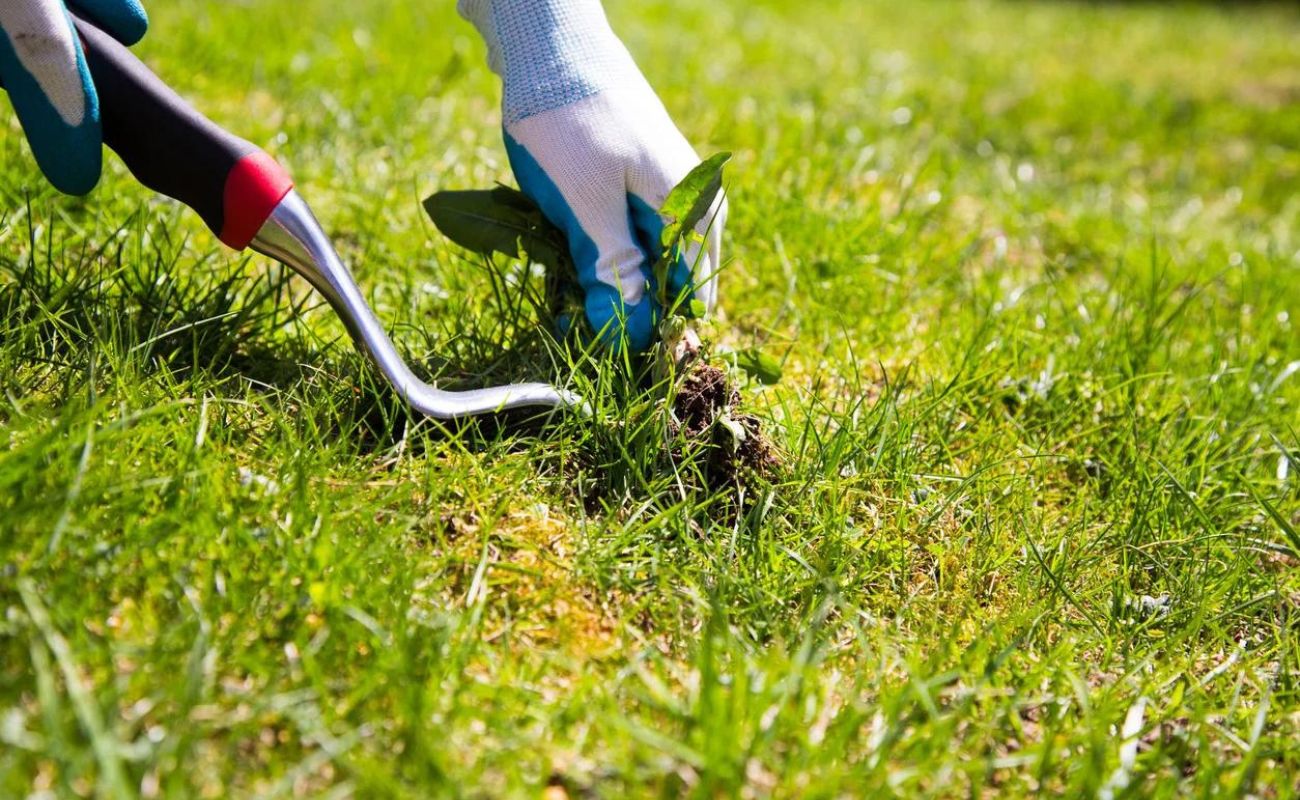
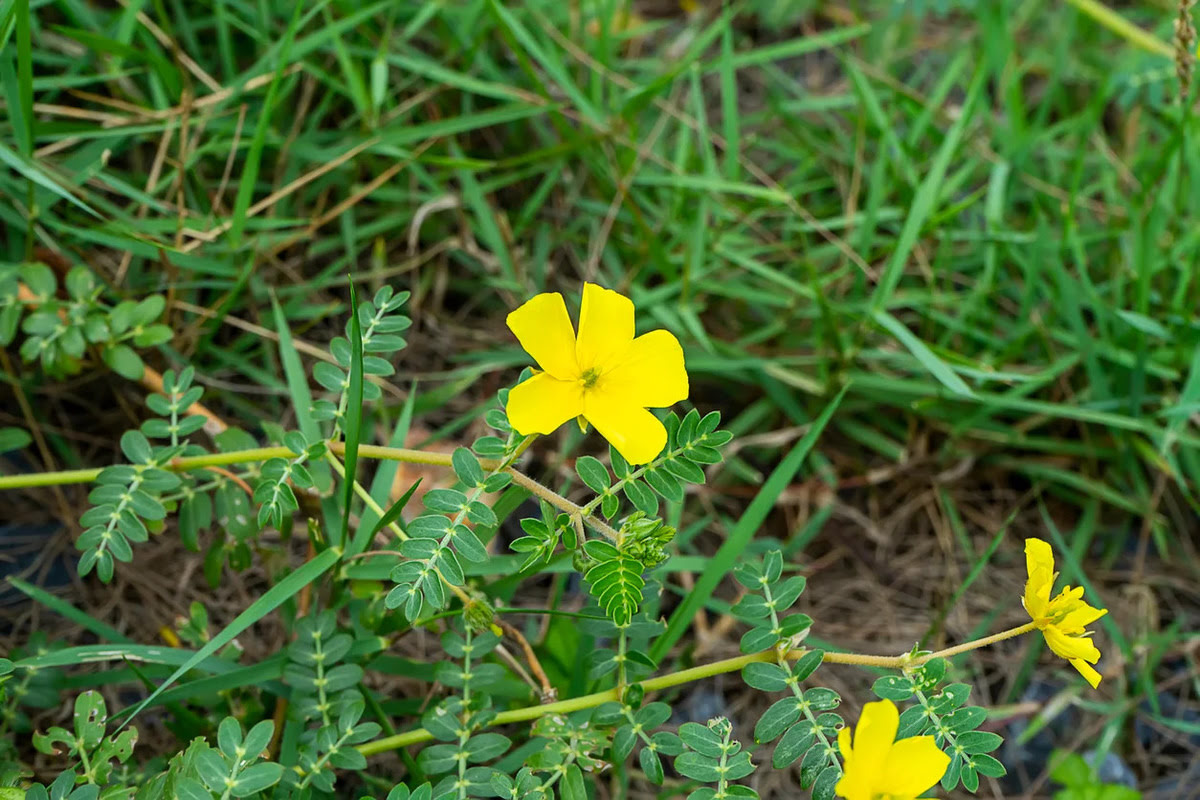
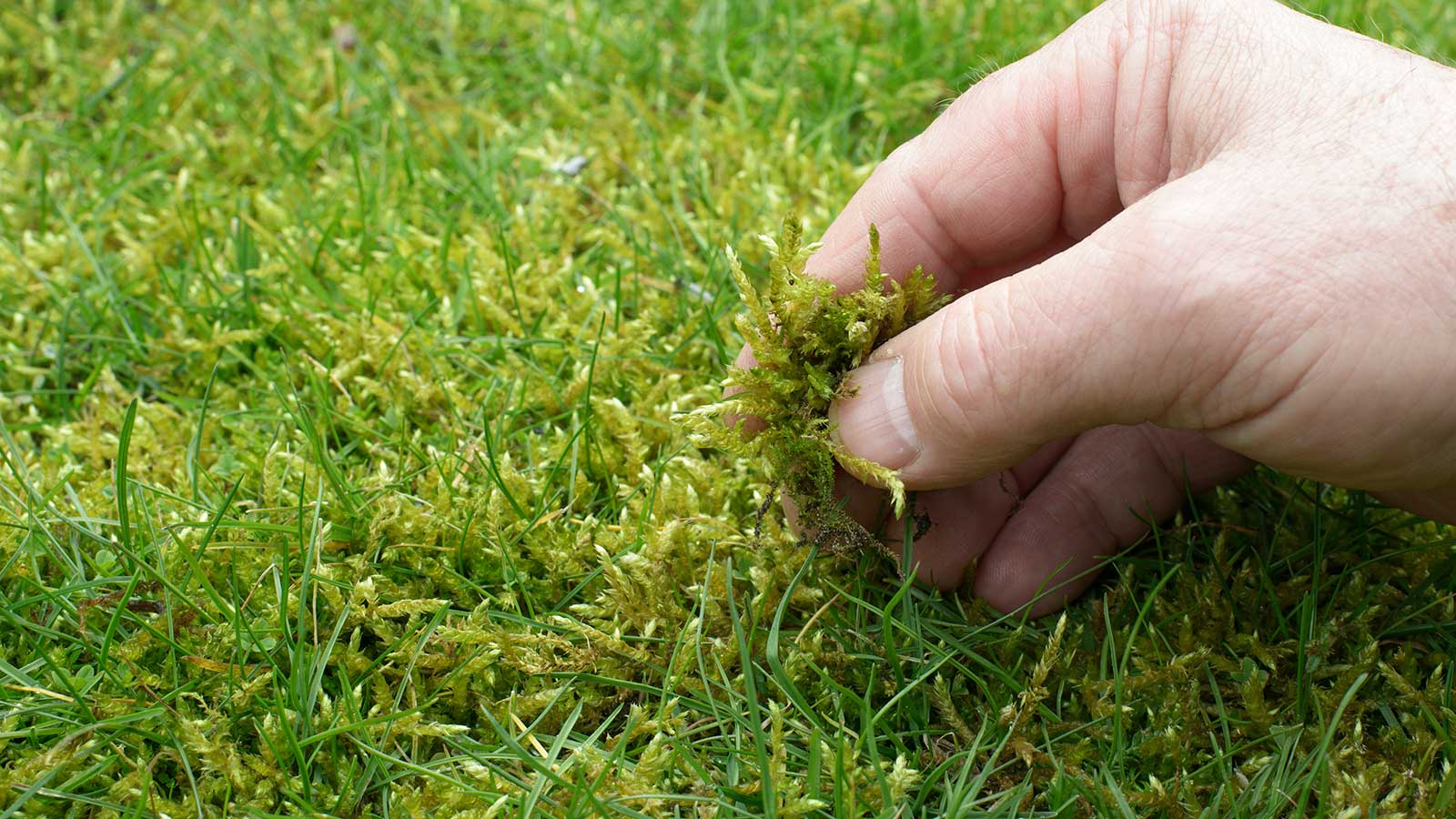
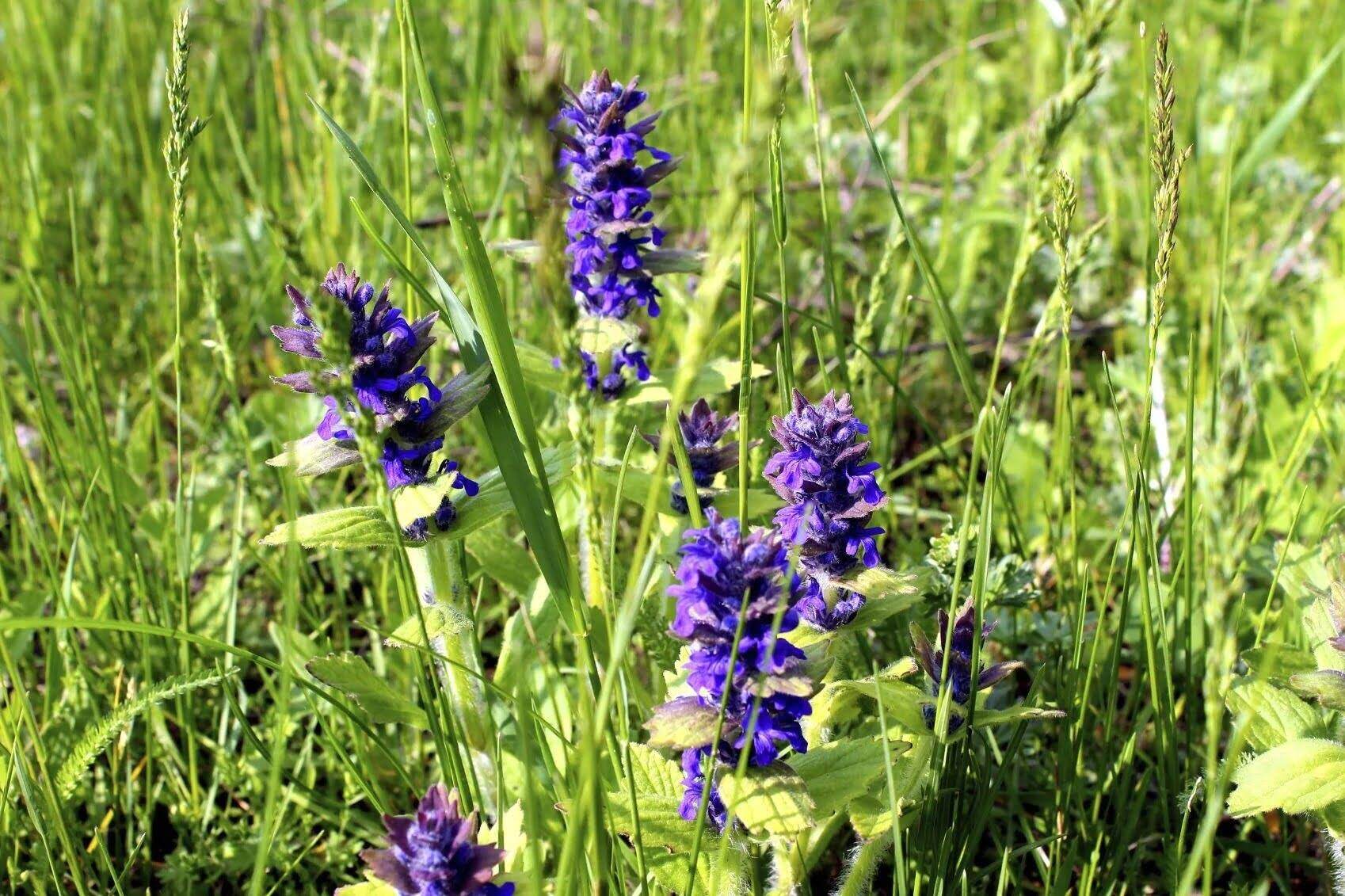
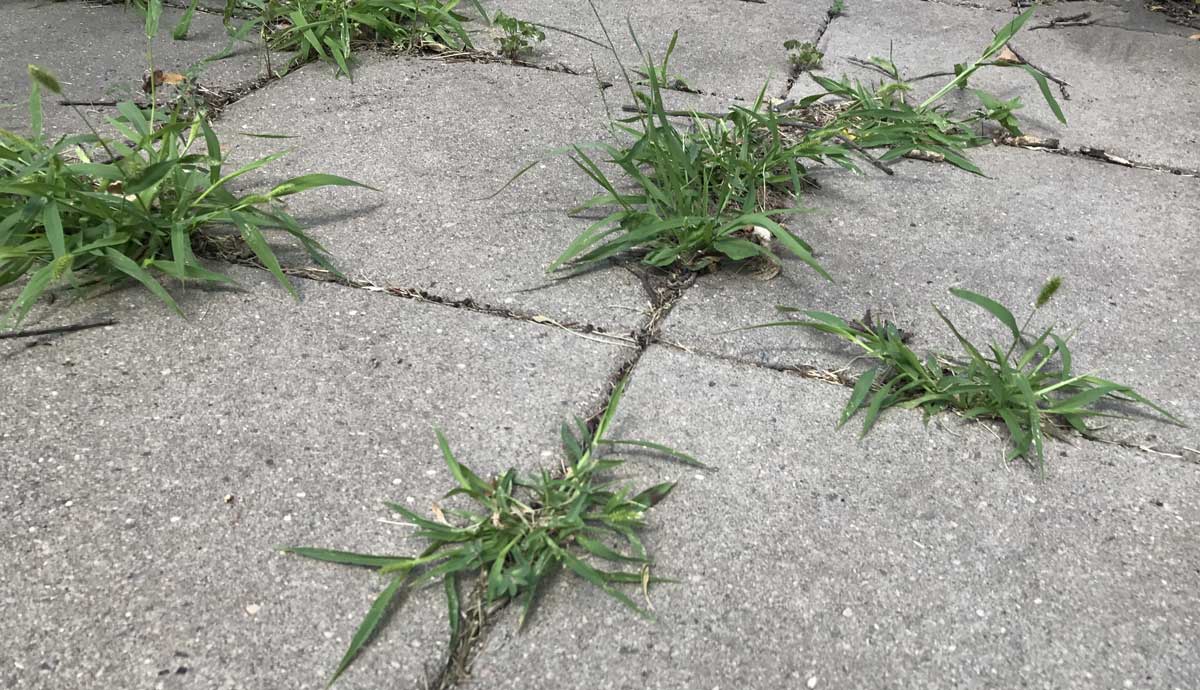
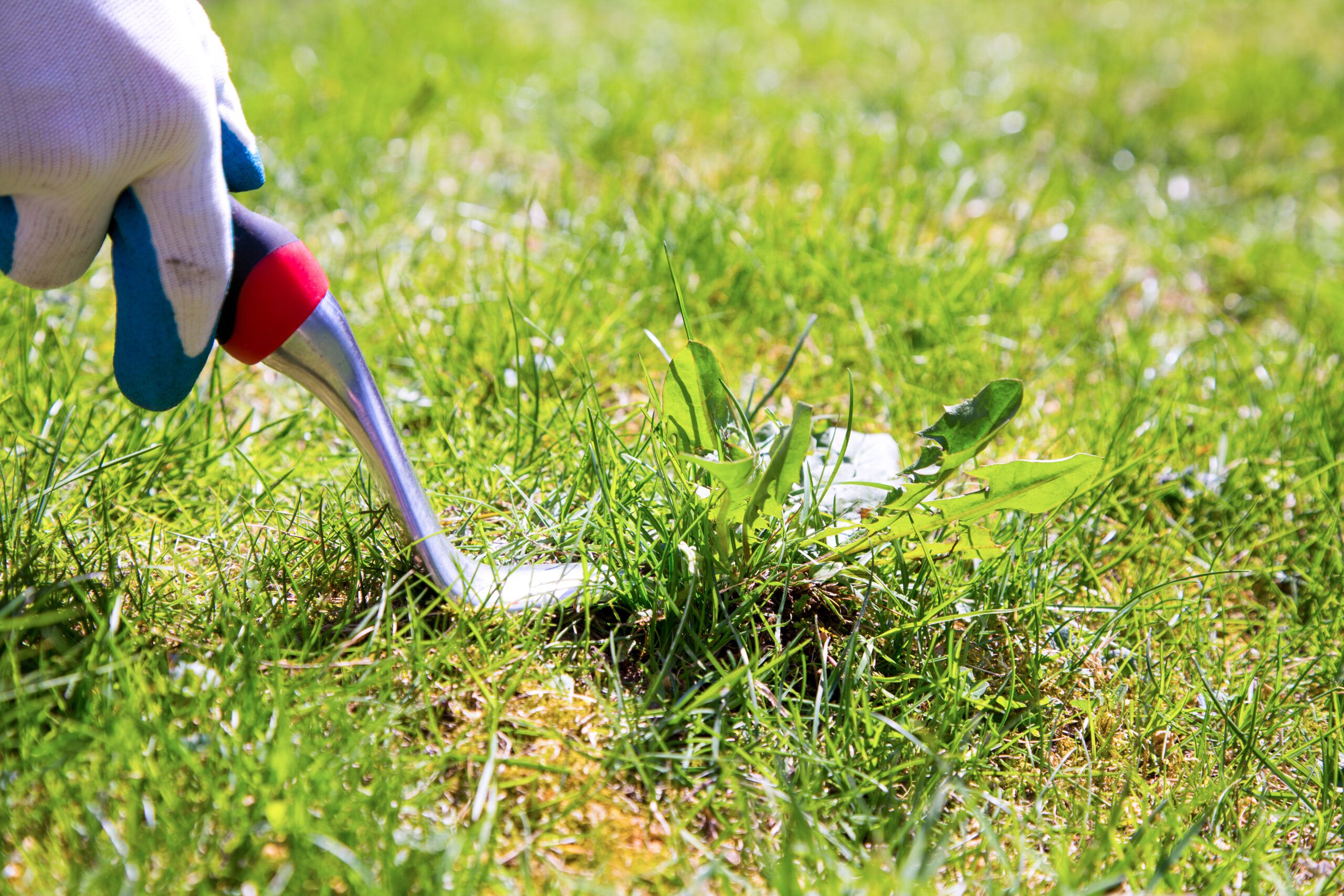
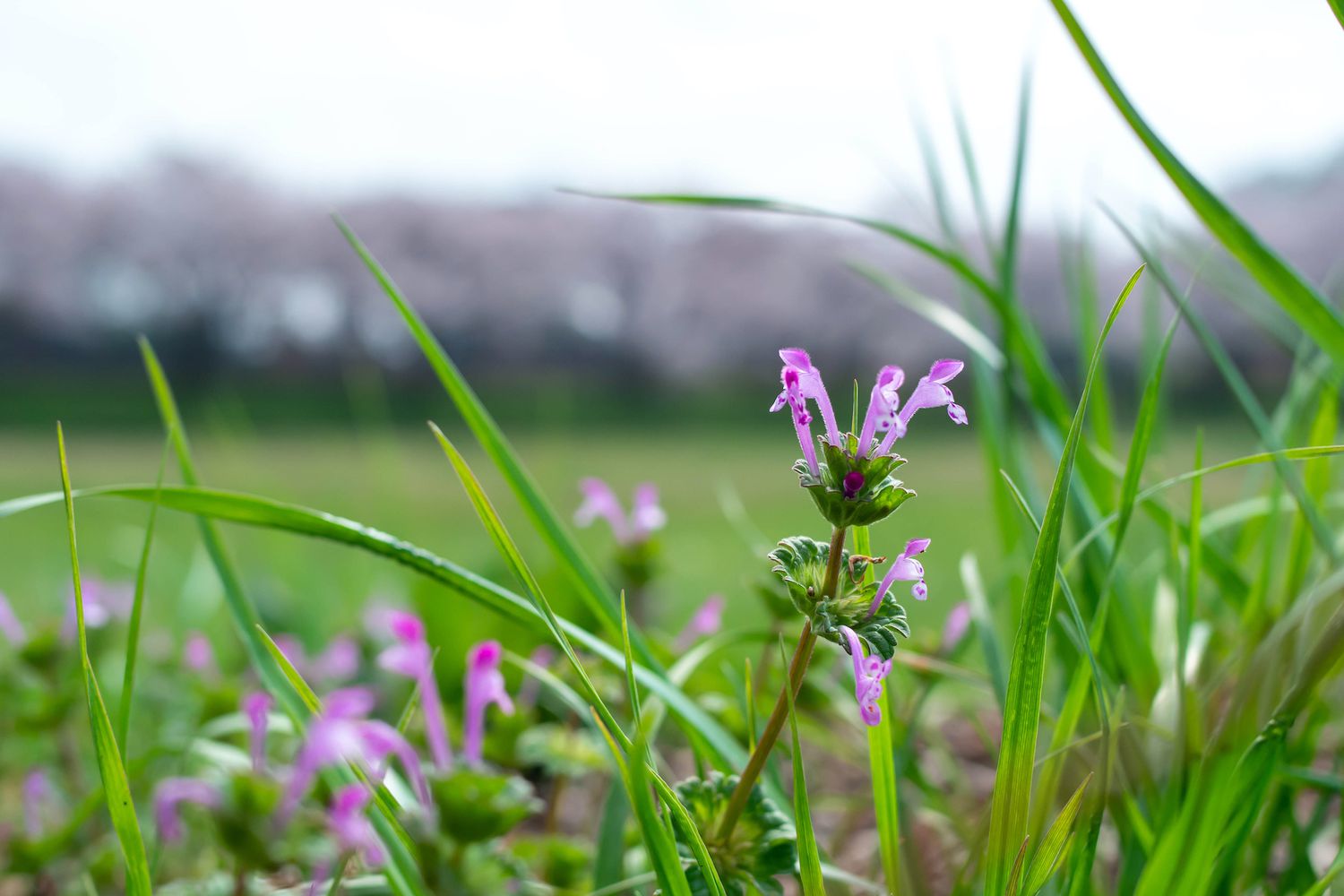
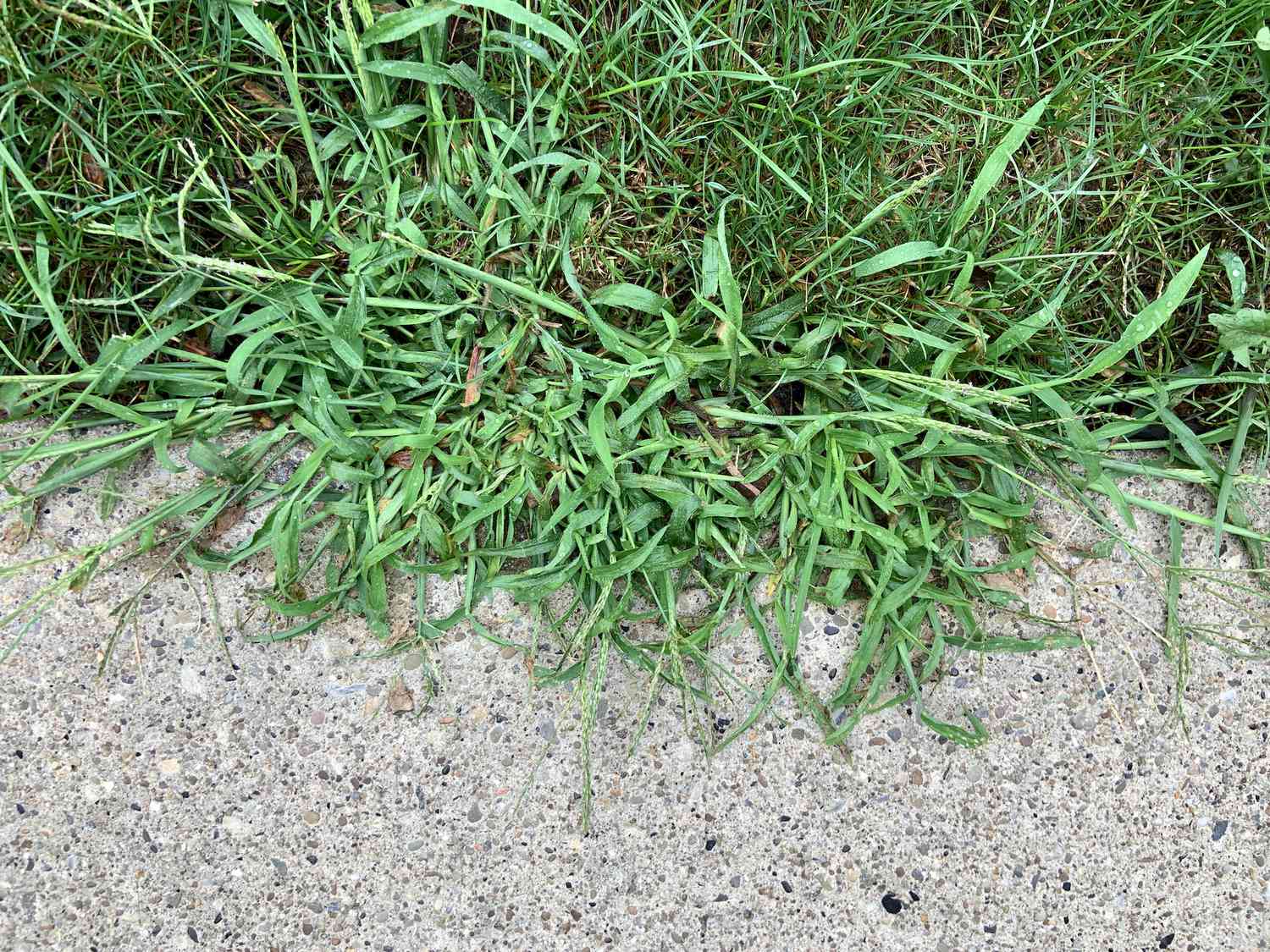
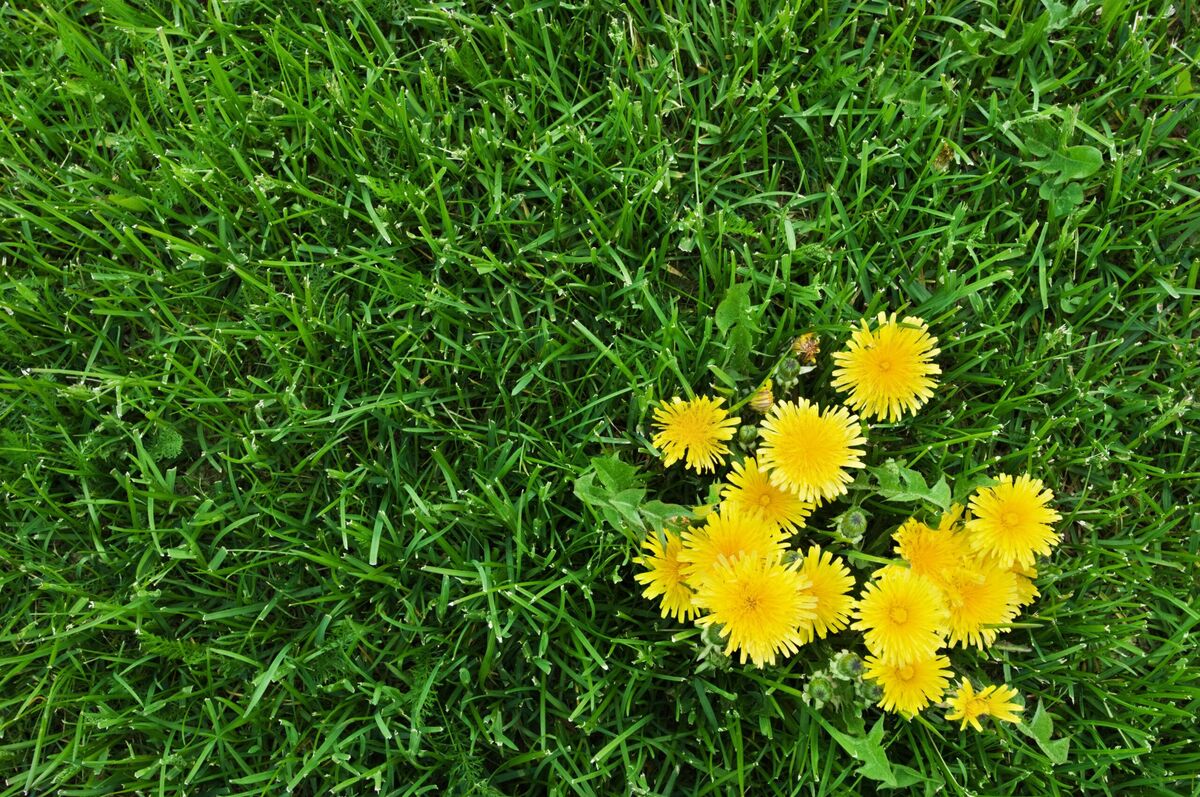
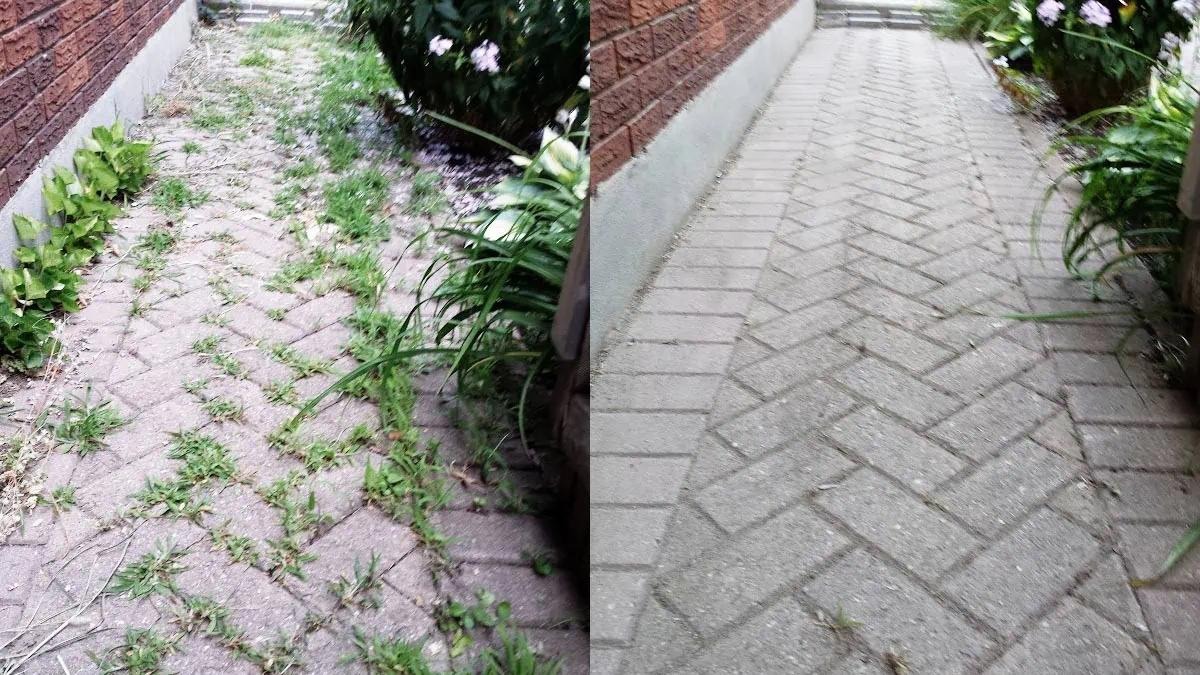
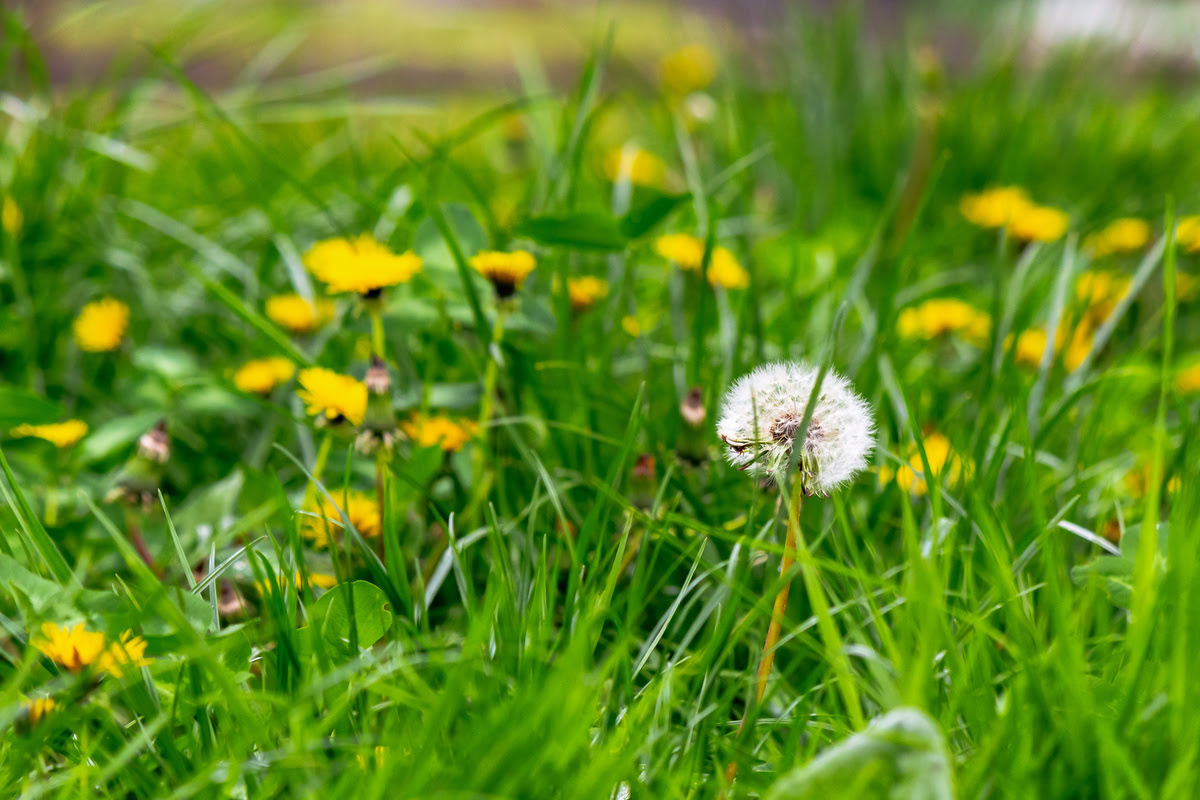
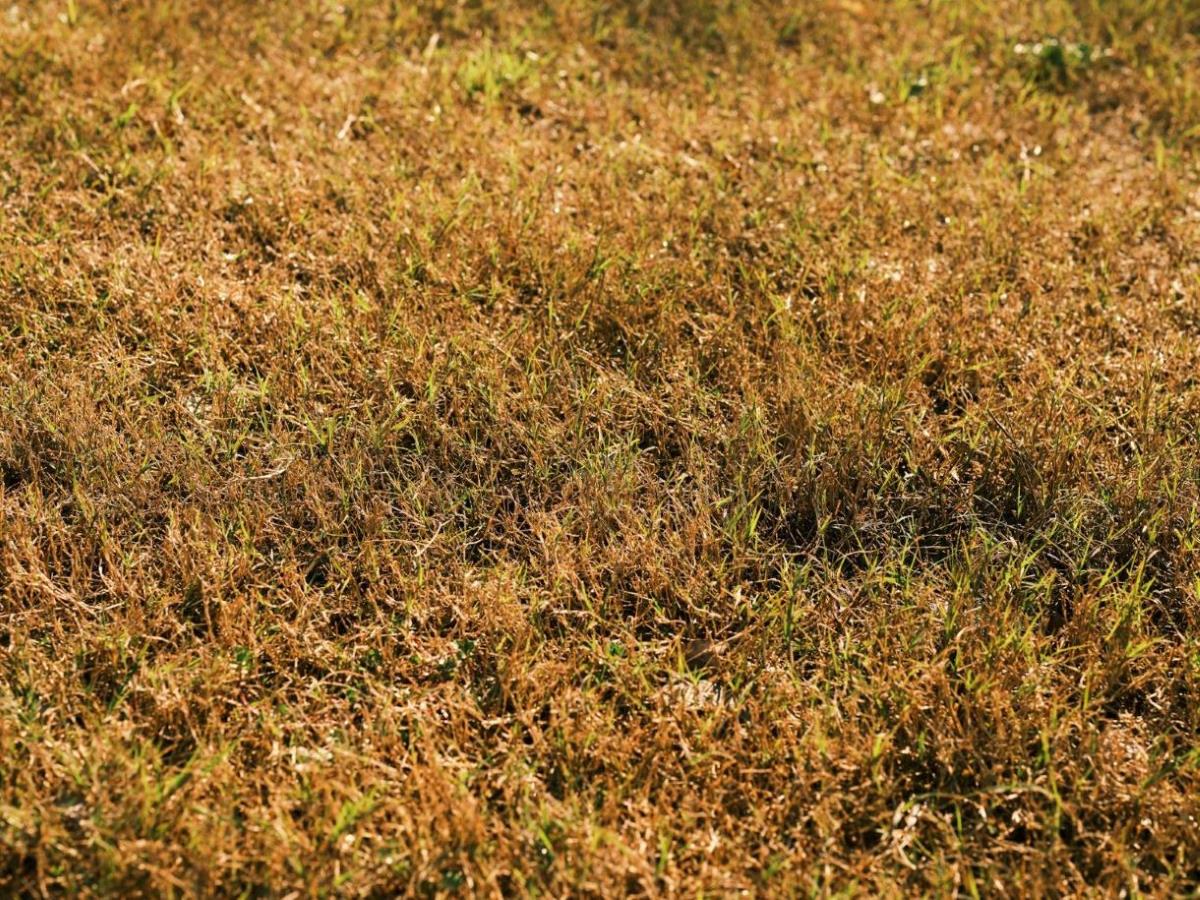

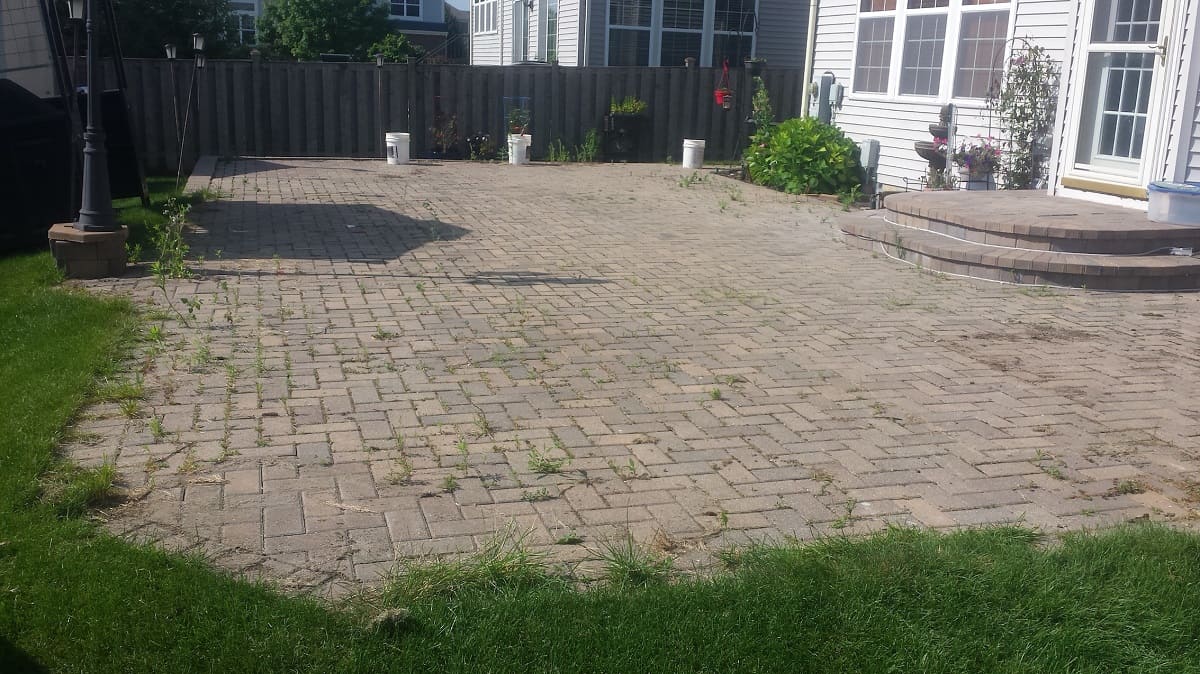

0 thoughts on “How To Grow Grass And Get Rid Of Weeds”